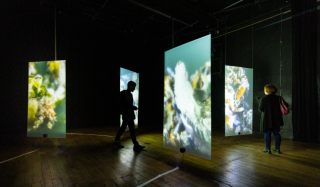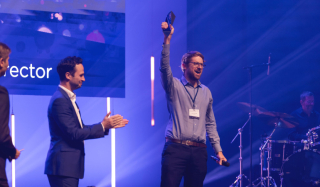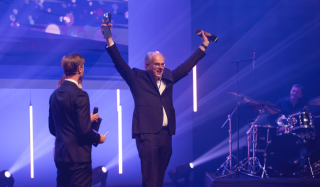In 2016, the company of the Circuit de Spa-Francorchamps made a profit of 2.370 million euros, up 21%. Turnover grew by 9.5% to 10.16 million euros. Managers want to maintain this pace in 2017. An increase in operating days and multiple investments are planned.
According to the 2016 accounts approved Tuesday by the General Assembly at the same time as the new board of directors, in 2016, the Spa-Francorchamps company made a profit of 2.370 million euros, up 21% compared to 2015. At the same time, turnover increased by 9.5% to post approximately 10.16 million on the clock and, according to sources close to the business, it exceeded the objectives set by the management contract.
Last year, the company, an ambassador for the Wallonia brand, made investments totalling 2.71 million euros. In particular, these included the purchase of a power generator, the upgrading of the "Pit Lane endurance", the development of the P1 and P2 car parks, mobile sales outlets and sewerage works.
Observers explain that the good results come from the strategy employed by the new management team led by Nathalie Maillet. However, they also mention that the company still benefits from public subsidies. Last year, it received some 3.7 million euros to undertake works to sporting infrastructures. It employs 36 workers, which is 34.4 people in full time equivalent (FTE).
The company is still working to return motorcycle racing to the circuit. A few months ago, the new Director, Nathalie Maillet, appointed in early May 2016, presented her strategic plan that runs until 2020. Its objective is to achieve a turnover of 21.9 million euros in 2020, which is almost double that of 2016.
In order to achieve her aims, the new Director wants to increase the number of days the circuit is open. The F1 circuit is currently open from 15 March to 15 November, or 8 months of operation, which translates into a loss of earnings of several million. Due to this limitation, the circuit's managers have had to turn down requests from over 100 applicants to organise activities at the circuit. The demand therefore exists and an extension to the circuit's operating period will ultimately lead to an increase in revenue.
The company plans to invest approximately 15 million euros. The new management has tasked itself with making such investments from its own capital through partnerships with private organisations and the assistance of the Walloon authorities. Among the investment projects planned are equipping the circuit with fibre optic and the construction of a 5,000m² virtual and tourist building. Using this, the visitor can follow activities linked to the circuit but which do not necessarily take place there.







